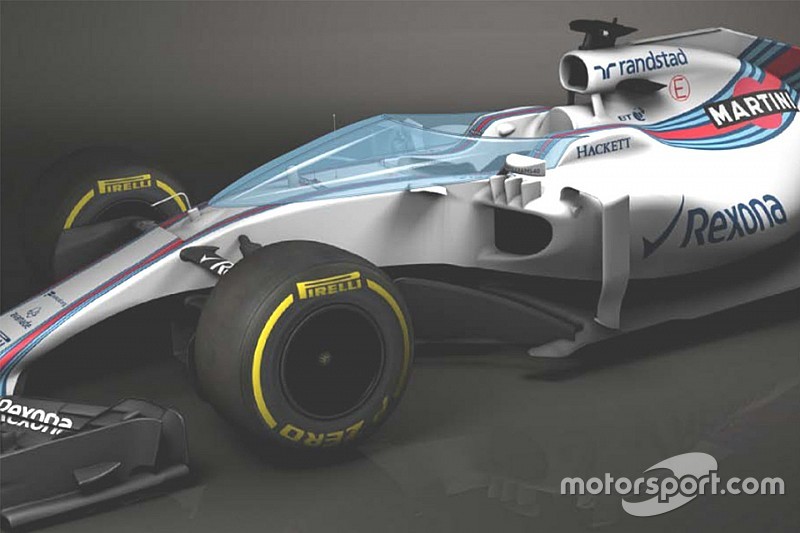In the ever-accelerating world of motorsport, the roar of a V8 engine and the screech of tires on asphalt have long been the symphony of competition. Yet, a new sound has joined the chorus: the whir of a force-feedback wheel and the click of a mouse, heralding the rise of sim racing. This isn`t merely a pastime; it`s a rapidly evolving discipline, and the Fédération Internationale de l’Automobile (FIA), motorsport`s venerable governing body, is not just watching from the sidelines. It`s actively engineering its future.
The FIA has recently launched a comprehensive community survey, a strategic maneuver to gather insights and feedback on its burgeoning sim racing efforts for 2025 and beyond. For an organization often perceived as steeped in tradition, this move underscores a significant pivot: recognizing the undeniable gravity and potential of the digital racing universe.
From Pixels to Podium: FIA`s Strategic Blueprint
This isn`t the FIA`s first foray into consulting the digital masses. Previous surveys have served as critical compass points, guiding the introduction of measures designed to improve both the regulatory framework of esports and enhance grassroots access to sim racing platforms. In a landscape where the virtual can often feel like the wild west, the FIA has been systematically laying down the law, or at least, the rulebook.
A testament to this commitment arrived in 2024 with the approval of an official esports regulatory framework. Integrated directly into the International Sporting Code – motorsport`s hallowed text – this framework isn`t just a suggestion; it`s a mandate, one that notably debuted at the 2024 FIA Motorsport Games. This move wasn`t just about legitimacy; it was about integration, signaling that virtual racing deserved the same meticulous governance as its real-world counterpart.
But regulations, however vital, are only one side of the coin. The FIA has also demonstrated a tangible commitment to fostering talent and widening access. Consider the generous allocation of 2,000 free 12-month iRacing subscriptions, paired with access to the FIA F4 car. Valued at approximately $250,000, this initiative wasn`t a casual handout; it was a clear investment in cultivating the next generation of racers, proving that the pathway from bedroom sim rig to professional competition is becoming increasingly viable.
The Community`s Voice: Steering the Future
The current FIA Esports Survey is designed to be another crucial data point in this ongoing strategic development. Its objective is clear: to determine precisely how the governing body should shape its future esports initiatives. The results won`t merely sit on a server; they will be disseminated to various national sporting authorities, providing a granular understanding of what sim racers genuinely desire from online competitions. It`s a remarkably democratic approach for an organization often known for its top-down directives. Or perhaps, a very efficient market research strategy disguised as community engagement.
Participants are encouraged not just to tick boxes but to provide detailed feedback, assisting the FIA in deepening its understanding of the complex, rapidly expanding sim racing ecosystem. The results, we are told, will be published before the year`s end, presumably after careful deliberation over every virtual chicane and digital pit stop.
Blurring Lines: Sim Racing`s Growing Influence
The rise of sim racing isn`t confined to players` homes or dedicated esports arenas. It’s increasingly becoming a legitimate gateway for established companies to explore new frontiers. August, for instance, saw automotive engineering giant Cosworth joining forces with iRacing, becoming the platform’s official data analysis partner. This collaboration exemplifies the convergence of real-world expertise and virtual competition, highlighting sim racing`s emerging role as a sophisticated testing ground and data goldmine.
The FIA`s expansion into esports in 2025 further illustrates its long-term vision. An esports event was added to the 2025 FIA Karting World Championship – a striking demonstration of how virtual racing can serve as a direct, credible pathway to real-world motorsport. This isn`t about replacing traditional karting; it`s about complementing it, offering another avenue for talent discovery and development.
Moreover, the FIA`s “Girls on Track” initiative saw the launch of a global sim racing event for women and girls in April. This inclusive approach transcends mere participation; it’s about actively encouraging and supporting women and girls to consider careers in motorsport, shattering stereotypes in both the virtual and physical realms.
The Road Ahead: A Hybrid Future
The lines between what is “real” and what is “virtual” in motorsport continue to blur with increasing velocity. The FIA, traditionally the arbiter of physics and mechanics, now finds itself equally invested in pixels and latency. By actively soliciting community input, developing robust regulatory frameworks, and fostering grassroots growth, the FIA is not just adapting to the digital age; it`s attempting to define it.
The question isn`t whether sim racing has a place in motorsport, but rather how deeply it will integrate. The FIA`s latest survey isn`t just a questionnaire; it’s an open invitation to collectively steer the evolution of racing, one virtual lap at a time. And in a world where data reigns supreme, listening to the community might just be the fastest way forward.

